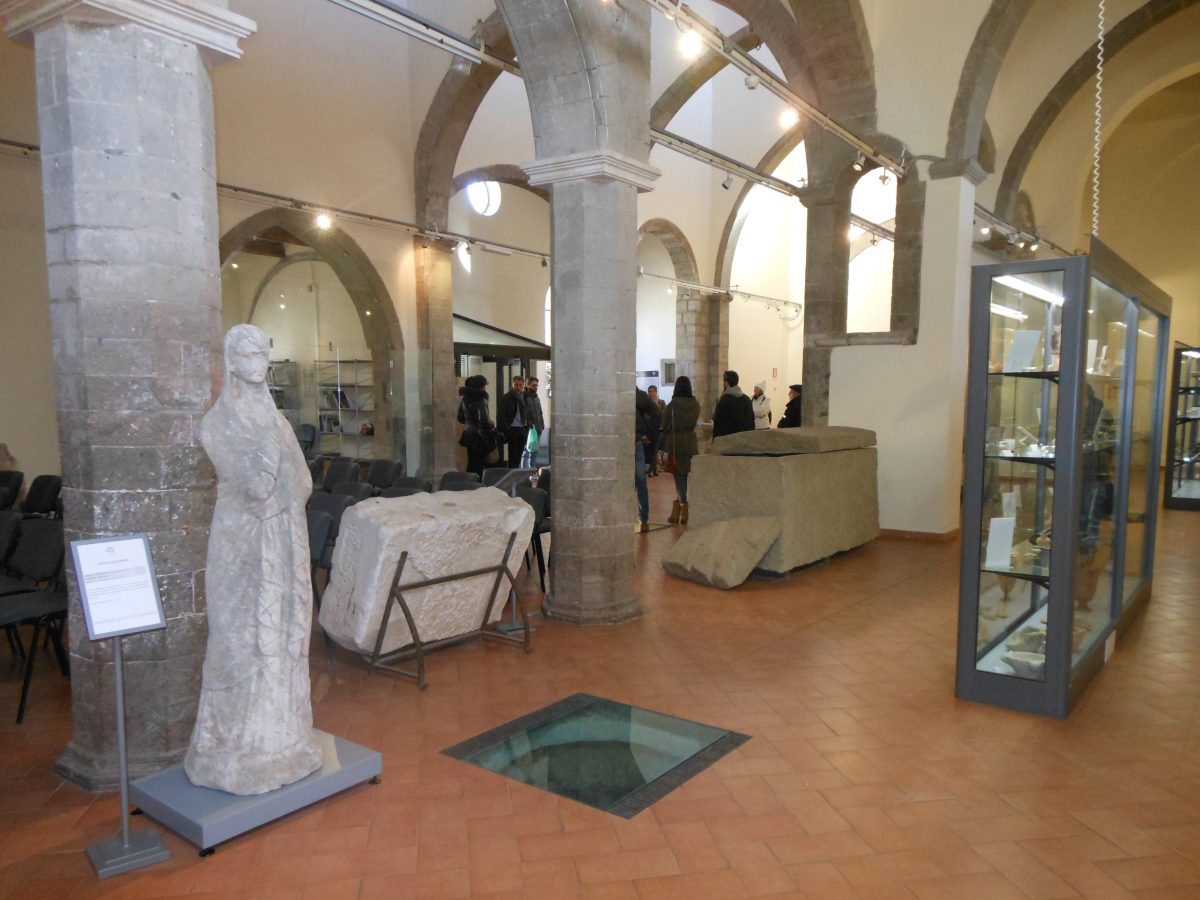The ex-church dates back to the year 1100; no longer used for religious purposes has become private property and throughout the years converted for various activities including a wool mill and a barn. In 1850, under the Missionaries of the Precious Blood, it was re-opened for worship although in 1870, just 20 years later, it became state property and turned into an entertainment place, Casa del Fascio (Office of the National Fascist Party) and a home for evacuees. In 1974, it was sold to the council of Marino by the government and used for cultural events. After the last restoration work, it was assigned to the museum and opened in 2000.
It has three naves with a central apse and a stairway leading to the entrance. Today, there are only remains of the central nave and right hand aisle, each one featuring a chapel.
The inside is Gothic style, as the pointed arches demonstrate; during the renovation work, several graves and fragments of Christian frescoes were discovered.
The Museum of Umberto Mastroianni now contains the collections previously displayed at the civic Antiquarium, which used to be located inside the Colonna Palace. It preserves findings dating back to the proto-historical period, Roman and Medieval periods, as well as many notary deeds, some dating back to the 16th century. Besides displaying important archaeological discoveries, the museum organizes activities such as exhibitions, conferences, concerts, guided tours and thematic itineraries.

 Visit Castelli Romani
Visit Castelli Romani 

